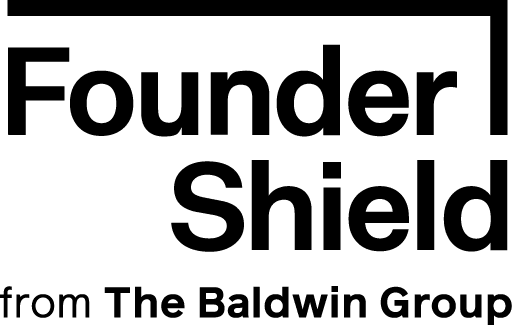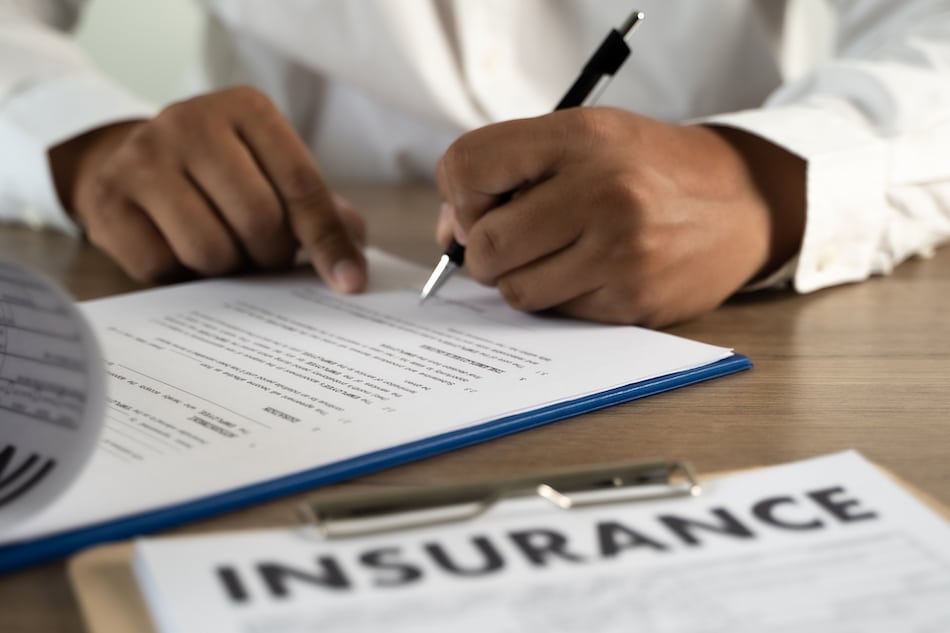Key Takeaways
Establishing and maintaining a successful company requires large investments in time and money. Both of which are at risk with the daily exposures and responsibilities that it takes to keep the company running.
As your company grows, so does the value of your assets such as buildings, machinery, and inventory. Property insurance is your safety net covering these assets. Considering 40% of small business owners will file a property related claim within the next 10 years, it’s prudent to begin preparing as soon as possible.
Commercial Property coverage overview
Property insurance is an “indemnity” policy meaning that it is designed to reimburse the company for losses that it directly experiences. Indemnity policies don’t require legal action for coverage to start (unlike typical “liability” policies). Once the property is damaged, the claim process can begin.
Property policies can be tailored to address your specific business needs. They can include Business Personal Property (BPP), business interruption and extra expense coverage. These coverages reimburse for property assets like desks and laptops damaged in fires, and business interruptions that arise from losses due to the forced shutdown of operations.
The losses associated with property claims have the potential to destroy a business. A terrifying thought after the tremendous effort you put into starting the business. The coverage serves as a reliable remedy to alleviate the impact of losses and ensure the survival of your company.
Preemptive claims practices
Beginning the process to rectify a claim actually starts before the claim actually occurs. Here are some precautionary and proactive measures to lessen the impact of a potential claim:
- Backup your data
Backing up your files is a simple preemptive measure to salvage your company after data loss from property damaged in fires, flood and other catastrophes. With backups in place using tools like Apple Time Capsule and GoogleDrive, your company has a greater chance of continuing operations after a loss occurs. - Take Pictures
Pictures are the most concrete way to prove ownership of property. Keeping up to date pictures on hand puts you in a better position to prove the pre-loss condition of your property. Keeping copies or pictures of receipts on file is also key to prove that you own the property. - Practice an evacuation plan
Ensure that your employees are prepared for worst case scenarios. Practicing evacuation plans from fires, or other natural disasters in advance will help to reduce injuries and potentially save lives. - Secure Passwords
Platforms such as LastPass or 1password can alleviate the stress of having to remember and change numerous passwords. They also reduce the potential fallout from a data breach or cyber attack. Additionally, these resources generate secure passwords that are automatically saved to a cloud-based platform, ramping up your internet security and increasing protection from data loss.
Property Insurance claim checklist
There are a few things that you can do to help streamline the claims process:
- Notify your broker!
It is important to make your broker promptly aware of any claim that arises. You ensure the swiftest turnaround for your company when you give notice as timely as possible. - Take pictures.
As we’ve mentioned, pictures are just as important before the claim process as they are after. Pictures depict the full extent of the damage, which isn’t often conveyed entirely when written and provides proof of damaged property. - Salvage property
After the building is safe to enter it is also good practice to go in and salvage any undamaged property. Be careful and take every precaution but removing the salvageable property from the premise can prevent further damage, whether it be smoke, mold or breakage.
What to consider about the claims process
There’s lots to factor in when considering proper claim practices, prevention, or filings and hopefully, this article can serve as a reference guide to make the claim process as smooth as possible. Property claims can be some of the most difficult to deal with, and the claim process is in place to offer remediation, but a bulk of the work goes in before the claim process even begins.
Proactive anticipation and preparation for a claim will empower yourself to have the best chance of survival after a catastrophe.
For business owners, understanding the nuances of how to file an epli claim can be just as crucial as knowing how to manage property insurance claims. Contact us about best practices to prepare for claims, and for your other risks as well, and reference this post for additional tips in dealing with business insurance claims.











